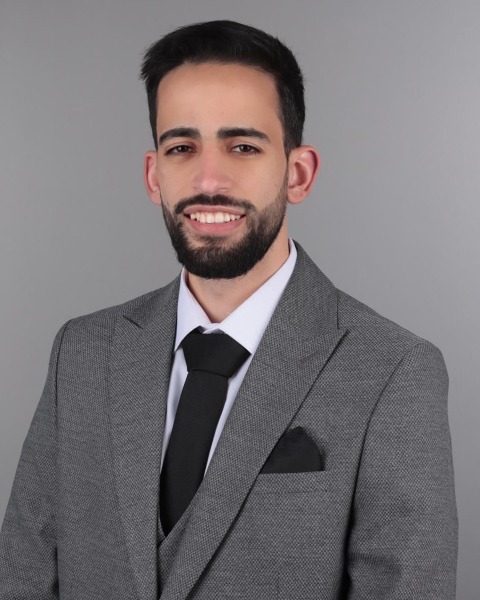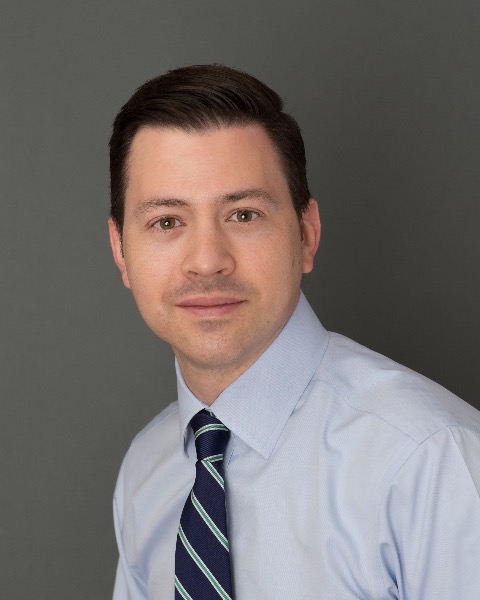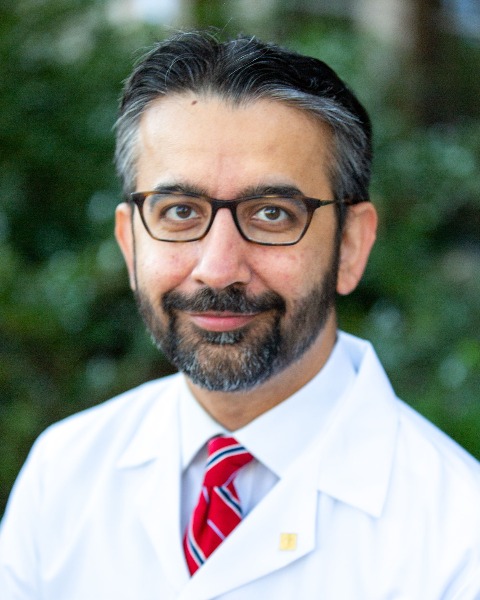SIR 2025
Interventional Oncology
Traditional Poster
53 - Post-treatment PET/CT Dosimetry as a Predictor of Survival and Response in Patients with cholangiocarcinoma Treated with 90Y TARE Using Resin Microspheres

Mahmoud Odeh, MD
Postdoctoral research fellow
Beth Israel Deaconess Medical Center, United States- CK
Charissa Kim, MD, PhD
Resident physician
Beth Israel Deaconness Medical Center, United States - AP
Anthony Parker, MD, PhD
Associate Professor of Radiology
BIDMC, United States 
Jeffrey Weinstein, MD, FSIR
Assistant Professor of Radiology
Beth Israel Deaconess Medical Center, United States- DD
Diana C. Dinh, MD
Associate Professor of Radiology
Beth Israel Deaconess Medical Center, United States - MA
Muneeb Ahmed, MD, FSIR
Professor of Radiology
Beth Israel Deaconess Medical Center/Harvard, United States 
Ammar Sarwar, MD, FSIR (he/him/his)
Associate Professor of Radiology
Beth Israel Deaconess Medical Center, United States
Poster Presenter(s)
Author/Co-author(s)
To evaluate the efficacy of TARE treatment of IHCC with 90Y resin microspheres using a single-compartment model and correlate posttreatment PET/CT dosimetry with outcomes.
Materials and Methods:
This retrospective single–center study included consecutive adult patients with IHCC who underwent TARE with 90Y resin microspheres prescribed using single compartment model between December 2019 and May 2024, who had posttreatment PET/CT (n=29). Per-lesion and overall response rates (complete response [CR], objective response, disease control, and duration of response) were assessed at imaging using the Response Evaluation Criteria in Solid Tumors, and overall survival (OS) was assessed using Kaplan-Meier analysis.
Results:
Among 29 patients (median age, 71 years (IQR, 65-77 years); 19 male patients) with IHCC, median tumor size was 6.4 cm (3.1 - 8.4), median tumor absorbed dose on PET/CT was 218 Gy (162 – 414), 83% of patients were treatment-naive, 15/29 patients had radiation segmentectomy while the remaining had radiation lobectomy. At 3 months, per lesion and overall (per- patient) CR was achieved in 18 (69%) and 15 (58%) of 29 patients, respectively. At 6 months, per- lesion rates of objective response and disease control were 95% and 100%, respectively, and per-patient rates were both 65%. There was no statistically significant difference in 3-month response between patients with D50 ≥ 300 (8 of 25 patients) Gy and those with D50 < 300 Gy (251 vs 163, p value = 0.5). At 3 months, using a delivered activity cut point of 1.5 GBq (AUC, 0.81 [95% CI: 0.63, 0.96]) predicted CR with 89% sensitivity. 6 patients had posttreatment liver surgery. Complete pathological necrosis was observed in 1 patient, while the remaining 5 patients had extensive necrosis ( > 90 %). Median overall survival was 14 months (95%CI:12, 28). OS probabilities were 56% (95% CI: 37, 84), 28% (12%-62%) and 14% (95% CI: 4, 49) at 1, 2 and 3-years posttreatment, respectively. Median TTP was 8.6 months (95% CI: 6.3, not reached). OS and PFS were higher in patients with D50 ≥ 300 Gy compared to those receiving < 300 Gy (p value = 0.04, and 0.01, respectively).
Conclusion:
Among patients with IHCC treated with 90Y TARE, CR was achieved in 69% and 75% of patients at 3 and 6 months, respectively. In patients whose tumors received 300 Gy or more according to posttreatment dosimetry, a survival benefit was noted.


.jpg)